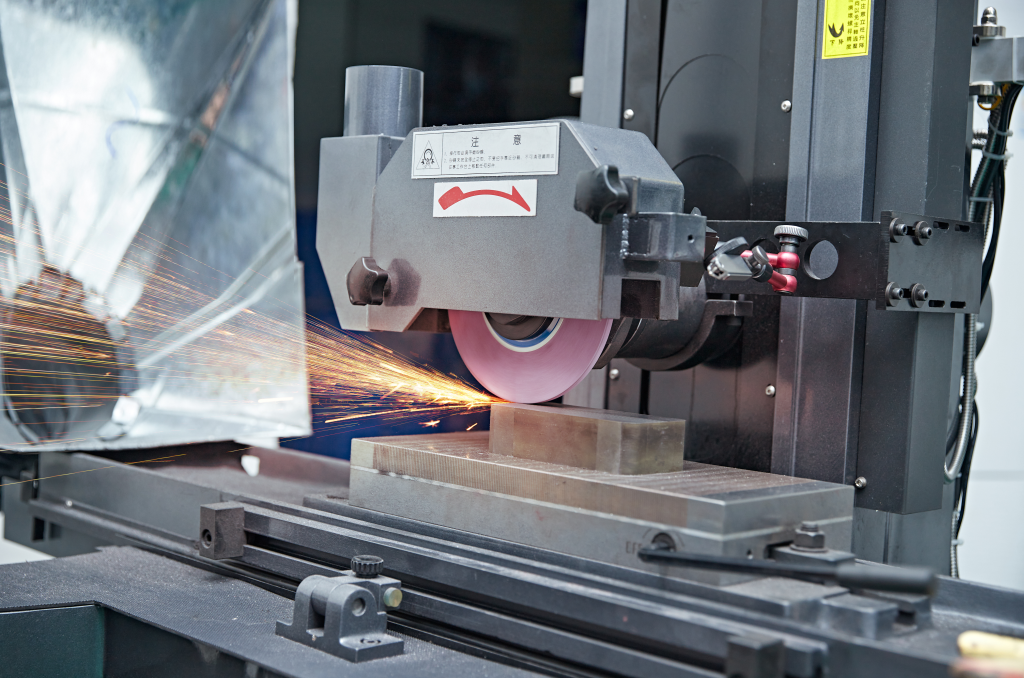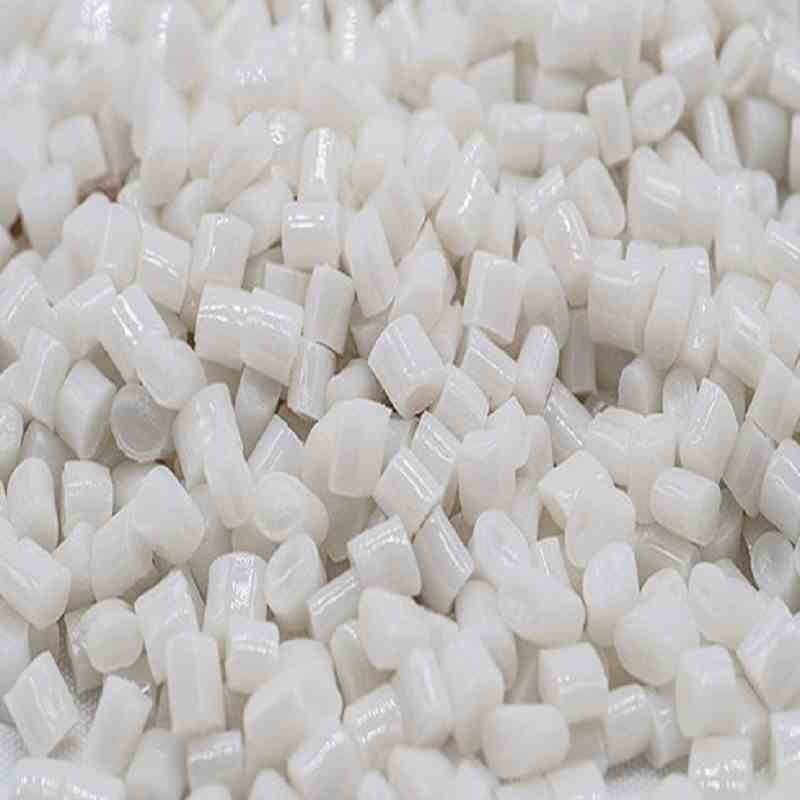
In today’s fast-paced consumer electronics market, phone case injection molding plays a critical role in large-scale, high-quality production.
With the rising demand for protective, stylish, and functional cases, many manufacturers rely on this technology for its speed, precision, and cost-efficiency.
This article explores the full phone case manufacturing process using injection molding—ideal for both OEM production and custom design services.
Understanding Phone Case Injection Molding
Injection molding is a manufacturing process in which molten plastic is injected into a mold cavity under high pressure.
After the material cools and solidifies, the mold then opens to release a perfectly formed product—in this case, a mobile phone case.
As a result, it is considered the most efficient method for producing high volumes of identical plastic components, offering minimal material waste and an excellent surface finish.
Compared to other methods like 3D printing or CNC machining, injection molding stands out as the ideal choice for mass production.
Once the mold is developed, each production cycle takes only seconds, allowing manufacturers to rapidly produce thousands of injection molded phone cases every day.
Stage 1: Prototype and Design Preparation
Before anything goes into production, a prototype must be designed.
This is a digital 3D model of the phone case created using CAD software.
The prototype accounts for all design requirements, including camera cutouts, button covers, thickness, and special features like magnetic rings or kickstands.
Designers often refer to official smartphone specifications provided by Apple, Samsung, and other major brands.
If these aren’t available, accurate measurements and 3D scanning are used to replicate the phone’s contours.
This ensures a snug, protective fit.
Stage 2: Mold Design and Fabrication

Once the prototype is finalized, a corresponding mold is created.
This mold—typically made of hardened steel or aluminum—defines the exact shape of the phone case.
Creating the mold involves CNC machining and electrical discharge machining (EDM) to achieve precise dimensions.
The mold must also include channels for plastic flow, cooling circuits, and ejector pins to release the part once it solidifies.
Mold quality is crucial: a well-made mold ensures smooth surfaces, accurate dimensions, and minimal defects during production.
Stage 3: Material Selection and Preparation

Choosing the right material depends on the function and appearance of the final product.
Common plastic materials used in phone case injection molding include:
PC (Polycarbonate) – Durable and transparent, used for clear, impact-resistant cases.
TPU (Thermoplastic Polyurethane) – Soft, flexible, and grippy; ideal for anti-slip or shockproof cases.
ABS+PC blend – Offers a balance of strength and heat resistance, often used in rugged cases.
TPU+PC hybrid – Combines softness and structure, common in dual-layer printed designs.
Before production, plastic granules must be dried in industrial ovens to eliminate moisture, which can cause bubbles or imperfections.
Additives such as UV stabilizers or color masterbatch are mixed in to enhance performance and appearance.
Stage 4: The Injection Molding Process
The injection molding machine operates in several key phases:
H3: Melting and Injection
Plastic pellets are fed into a heated barrel and melted by a rotating screw.
Then the molten plastic is injected at high pressure into the mold cavity.
H3: Holding and Cooling
Pressure is maintained to fill any gaps and prevent shrinkage as the material cools.
Cooling time varies based on wall thickness, typically 10 to 30 seconds.
Precision in temperature and pressure is key to avoiding defects such as warping or sink marks.
H3: Ejection and Mold Release
Once cooled, the mold opens and ejector pins push the case out gently.
Mold release agents are used especially for soft TPU shells to avoid sticking or deformation.
Stage 5: Trimming and Surface Finishing
After ejection, each case may have leftover material called sprues or flash.
These are trimmed manually or by robot arms.
The next step is surface treatment, which may include:
UV coating – Adds scratch resistance and gloss to the surface.
Rubber oil coating – Creates a soft, skin-like feel.
Silk screen printing – Used for logos or patterns, requires precise positioning tools.
IMD (In-Mold Decoration) – Artwork is applied directly inside the mold, becoming part of the case during molding.
These treatments elevate the final product’s aesthetic appeal and branding value.
Stage 6: Assembly and Quality Control

For multifunctional cases, components such as kickstands, magnets, or card holders are typically assembled using glue or ultrasonic welding to ensure durability and precision.
To maintain high standards, every production batch undergoes strict quality inspection, which includes the following steps:
Size verification using calipers to ensure accurate fitting
Transparency and color checks using haze meters for consistent appearance
Drop testing from 1.5 meters to assess impact resistance and durability
These rigorous checks help guarantee that every phone case manufactured meets both cosmetic appeal and functional performance standards.
With over 10 years of experience in phone case injection molding, our factory not only specializes in bulk manufacturing but also offers fully customized designs tailored to your brand’s needs.
Today, we proudly serve clients across North America, Europe, and Asia.
We invite you to explore our wide selection of mobile phone cases at www.ctcase.com and contact us directly for competitive pricing on your next bulk order.
Common Production Issues and Solutions
H3: Surface Defects
Bubbles or silver streaks may appear due to excess moisture or overheating.
The solution is to pre-dry the material longer and fine-tune the temperature settings.
H3: Weld Lines
These lines form when two melt flows meet but don’t fuse well.
Increasing mold temperature or optimizing gate locations helps eliminate them.
H3: Ejector Marks
Caused by forceful ejection or insufficient cooling, they can be prevented by reducing ejector speed and extending cooling time.
Conclusion
From initial design to post-molding inspection, phone case injection molding remains a reliable and scalable method for producing modern mobile accessories.
By combining precise tooling, high-quality materials, and optimized production processes, manufacturers are able to deliver phone cases that are both functional and fashionable.
Whether you’re sourcing for a retail brand, managing an e-commerce business, or handling wholesale distribution, having a clear understanding of the phone case manufacturing process can help you make more informed and confident purchasing decisions.
Therefore, for customized injection molded phone cases, it’s essential to choose an experienced factory partner that can support large volumes while maintaining strict quality control at every stage.





